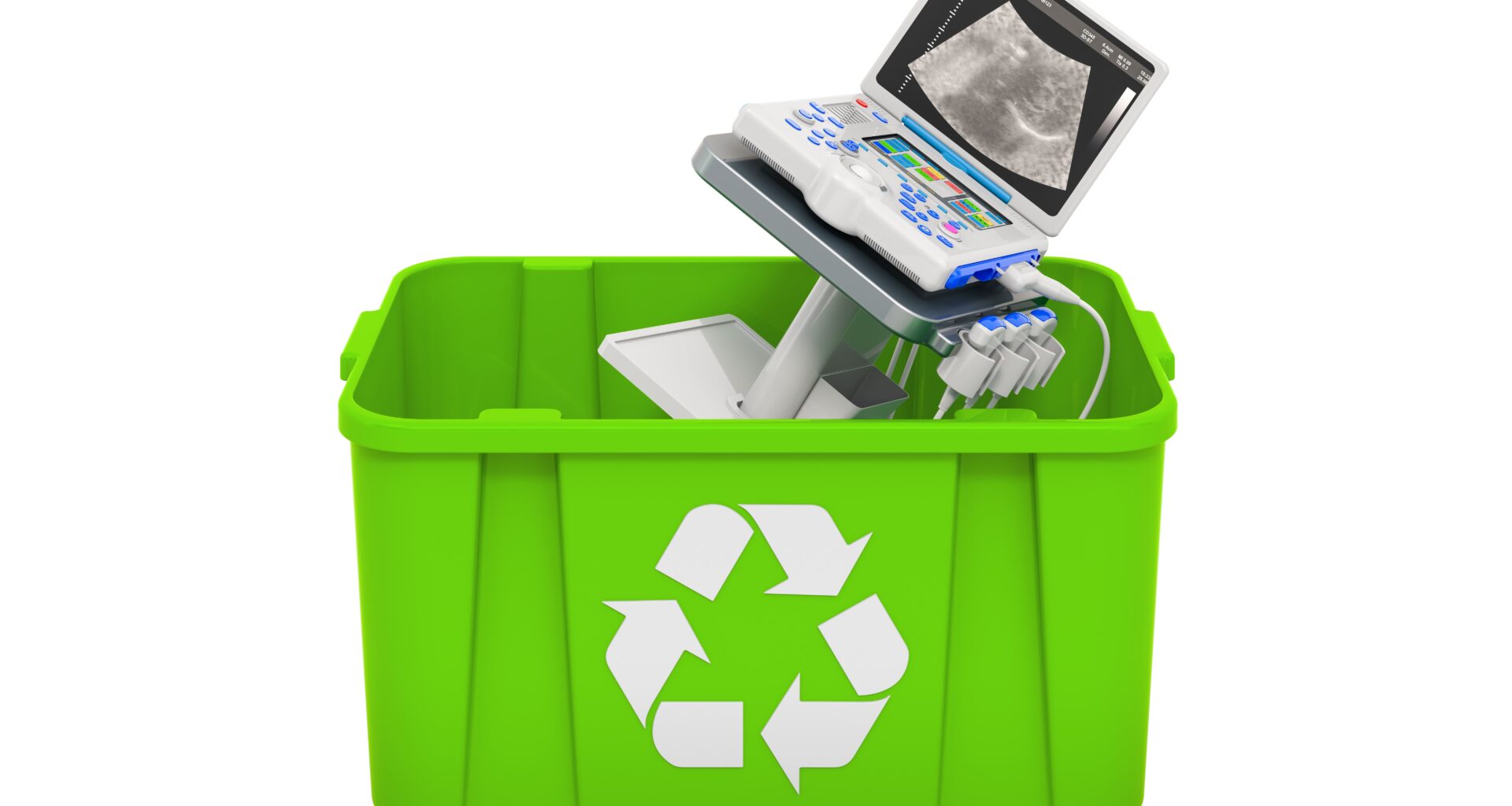The healthcare industry is a cornerstone of society, but its dependability on single-use medical devices (SUDs) creates a significant environmental burden. The Washington Post reports that U.S. healthcare facilities produce 14,000 tons of waste daily. One hospitalized patient generates nearly 34 pounds of waste per day, up to 25 percent of which is plastic, much of which comes from SUDs. This strains waste management systems and contributes to microplastic pollution and potential health risks. Good for us, the tide is turning towards sustainable medical practices. As environmental consciousness builds up, so does the demand for eco-friendly healthcare solutions.
This blog sheds light on reusable medical devices, exploring how they can address the environmental concerns associated with SUDs while maintaining patient safety and efficiency.
The Case Against Single-Use Devices
While single-use medical devices offer convenience and sterility guarantees, their environmental impact is unquestionable. Here’s a closer look at the downsides:
Waste Generation: The sheer volume of plastic waste generated by SUDs is staggering. This includes discarded syringes, scalpels, and other devices, which clog landfills and take a very long time to decompose.
Resource Depletion: Manufacturing SUDs requires significant resources like water, energy, and raw materials. This constant demand puts a strain on natural resources, leading to their potential depletion.
Hidden Costs: While SUDs seem cost-effective upfront, the true cost includes waste management and potential environmental remediation, with the staggering numbers mentioned earlier in the blog.
Embracing Reusable Medical Devices
Reusable medical devices offer a compelling alternative, presenting significant benefits to create a sustainable medical future:
Reduced Waste: Reusable devices significantly cut down on plastic waste generation. By implementing proper cleaning and sterilization protocols, a single device can serve multiple patients, drastically lowering landfill contributions.
Environmental Sustainability: Reusable devices conserve resources like water and energy used in manufacturing SUDs. They also contribute to a circular economy, where products are reused and materials are recycled.
Long-Term Cost Savings: The initial investment in reusable devices is higher, but the long-term cost is often lower when compared to the ongoing expense of purchasing and disposing of SUDs.
Addressing Concerns About Reusables
The transition to reusable devices might raise some concerns:
Infection Control: Maintaining sterility is very essential in healthcare. Reusable devices require meticulous cleaning and sterilization procedures to prevent cross-contamination. Fortunately, advancements in cleaning technologies and sterilization methods, such as low-temperature sterilization, ensure patient safety is sustained.
Efficiency: Reusable devices might seem less convenient than readily available SUDs. However, with proper workflow optimization, reusable devices can be managed efficiently through medical recycling. Additionally, advancements in design are making reusables more user-friendly.
Cost-Effectiveness: The upfront cost of reusable devices can be a barrier. However, as mentioned, the long-term cost savings often outweigh the initial investment. Additionally, hospitals can explore leasing models or invest in central processing facilities that manage the cleaning and sterilization of reusable devices for multiple healthcare institutions, streamlining costs.
Industry Approaches And Innovation
Reusable medical devices offer a compelling alternative, presenting significant benefits:
Reduced Waste: Reusable devices significantly cut down on plastic waste generation. By implementing proper cleaning and sterilization protocols, a single device can serve multiple patients, drastically lowering landfill contributions.
Environmental Sustainability: Reusable devices conserve resources like water and energy used in manufacturing SUDs. They also contribute to a circular economy, where products are reused and materials are recycled.
Long-Term Cost Savings: The initial investment in reusable devices is higher, but the long-term cost is often lower when compared to the ongoing expense of purchasing and disposing of SUDs.
How Can You Contribute To Creating A Sustainable Medical Future?
The adoption of reusable medical devices requires a collaborative effort. Here are some ways you, as a healthcare professional or patient, can contribute:
Advocate for Change: Express your support for sustainable practices within your healthcare facility.
Educate Yourself: Stay informed about advancements in reusable technologies and their benefits.
Support Providers: Seek out healthcare providers who embrace sustainable practices.
The transition to a more sustainable medical and healthcare system starts with awareness and informed decisions. By embracing reusable medical devices, we can ensure a healthier planet without compromising patient care. Let’s work together to build a future where healthcare and environmental responsibility go hand in hand.
Remember: Medical recycling can play a crucial role in managing unavoidable medical waste. However, the focus should be on reducing waste generation first. Reusable medical devices are a key strategy in achieving this goal, promoting a more sustainable healthcare future.
FAQs
Here’re some FAQs around this topic:
Q: How do reusable devices compare to single-use devices in terms of performance and durability?
A: Reusable devices are constantly evolving, and advancements in materials science ensure they can match or even surpass the performance of SUDs. Durability testing and proper maintenance protocols guarantee reusable devices maintain their functionality over multiple uses.
Q: Are there specific medical procedures where reusable devices might not be suitable?
A: Reusable devices might not be ideal for all situations. For instance, procedures requiring single-patient use due to specific infection control protocols may still necessitate SUDs. However, the range of applications for reusable devices is constantly expanding, and with proper protocol development, reusability is becoming increasingly viable.
Q: What are some challenges in implementing a large-scale shift towards reusable medical devices?
A: The initial investment cost and potential workflow adjustments can be hurdles. However, these issues can be addressed with meticulous planning, cost-saving analysis, and staff training. Collaboration between healthcare institutions and device manufacturers can also lead to innovative solutions, like central processing facilities for cleaning and sterilization, further streamlining the process.
Q: How can I learn in-depth about specific reusable devices available for different medical procedures?
A: Several resources can help. Start by discussing reusable options with your healthcare provider. Industry associations and medical device manufacturers often provide information on their websites and through educational materials. You can also search for research papers and articles from reputable medical journals exploring the use of reusable devices in specific procedures.
Q: Beyond reusable medical devices, what other ways can I contribute to a more sustainable healthcare system?
A: There are many ways! You can:
- Advocate for environmentally friendly policies within your healthcare facility.
- Choose healthcare providers who prioritize sustainable practices.
- Reduce your reliance on unnecessary medications and procedures.
- Properly dispose of any unavoidable medical waste following designated protocols.














